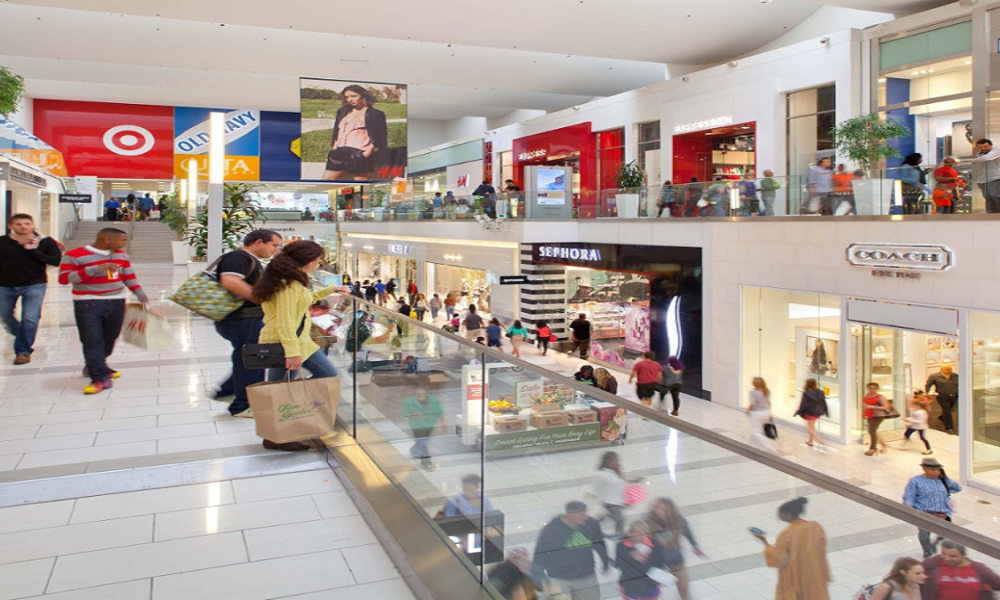India is a South Asian country which is the seventh largest in area and has the second largest population in the world. The Indian economy is one of the fastest growing economies and is the 12th largest in terms of the market exchange rate at $1,242 billion (India GDP). In terms of purchasing power parity, the Indian economy ranks the fourth largest in the world.
The Fast Moving Consumer Goods (FMCG) sector is the fourth largest sector in the economy, with a total market size in excess of Rs 60,000 crore. This industry essentially comprises Consumer Non-Durable (CND) products and caters to the everyday needs of the population.
The FMCG sector is seen as the island of stability whether it’s to boost the economy or to add the fuel of growth. As it’s said, “Stability is everything. You need a solid ground to build anything on.” FMCG is one of the key contributors to the Indian economy. It is characterised by high turnover consumer packaged goods, i.e. goods that are produced, distributed, marketed and consumed within a short span of time. The main growth drivers for the consumer market are increasing awareness, easier access and changing lifestyles. The sector contributes nearly 20% to India’s GDP. This includes the rural segment which contributes 45% and the urban segment which contributes 60% to overall revenue generated.
Given FMCG products are sold and purchased on an extensive level on an everyday basis, the sector invariably provides employment to around three million people with the opportunities growing steadily proportional to the growth of the sector. However, this growth chart was heavily impacted by the unprecedented spread of Covid-19. Amid a recessionary outlook the value growth of India’s consumer goods makers fell to its lowest in at least seven quarters. Being a provider of essential goods, FMCG brands bear the paramount responsibility of ensuring continuity of supply of products through the different phases of lock down in India. The lockdown also brought about stark changes in consumer behaviour and preferences. With work from home becoming a way of life for most, increasing scepticism towards eating out and more dependency on home food, the market for convenience foods is likely to gain. The noodle makers have clocked the most phenomenal journey through these different phases of lockdown and have now started witnessing a gradual but steady movement to almost normalcy. This journey can be further attributed to the brands swiftly re-evaluating business models and innovating across the value chain to ensure sustainability.
As the pandemic is completely changing the business ecosystem and the consumer behaviour, various changes in the food industry are visibly setting in. I believe that the new habits formed now will endure beyond crisis, permanently changing the lens through which consumers view products and brands. Noodles as a market has been growing in double digits and we expect it to continue the same, if not more. It is expected that the penetration of the category will increase faster across stratums.
Certain other trends that will dominate the industry include a rise in conscious consumption whereby consumers will be more mindful of the products they are investing in with ever increasing focus on health. Furthermore, there will be higher demand for affordable convenience foods in the FMCG segment.
Also, with more awareness and importance given to hygiene and safety, branding will enhance customer reassurance, and build loyalty. With home food becoming a way of life, there will be a possible fatigue factor in the existing product portfolio available in the market which will lead to the need to innovate variants, flavours and new products. To ensure this demand is met without having the luxury of moving out in the lockdown will be a challenge. Hence, products with diverse range/variety are likely to gain from this shift in consumer behaviour.
Today as we are learning to live with Covid-19 both as individuals and businessmen, FMCG brands have swiftly studied the external and internal environment to deploy innovative strategies aligned to the new reality. New trends are being initiated to serve the changing consumer needs and operational challenges and the good demand for consumer staples are helping FMCG business gradually resume business.
The author is the executive director, CG Corp Global.







